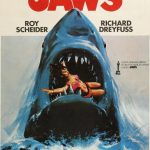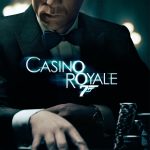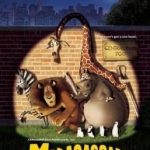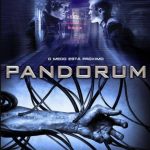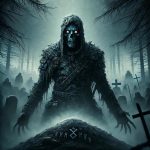Hansel and Gretel: Witch Hunters (2013)

“Hansel and Gretel: Witch Hunters,” directed by Tommy Wirkola and released in 2013, is a dark fantasy action film that reimagines the classic fairy tale. Starring Jeremy Renner as Hansel and Gemma Arterton as Gretel, the film takes place in a stylized, grimy version of a medieval Europe beset by witchcraft. The narrative picks up years after the iconic story, focusing on the siblings as they have transformed into skilled witch hunters.
Suggested videos for you:
Plot Summary
The film opens with a brief flashback to Hansel and Gretel’s childhood, depicting their harrowing encounter with a witch in the woods who attempts to consume them. Fast-forward to adulthood, the duo has made it their mission to hunt down witches who prey on children, leveraging their traumatic past as a driving force.
The plot unfolds as they arrive in a town plagued by mysterious disappearances of children, which the townsfolk suspect to be the work of a powerful witch named Muriel, played by Famke Janssen. Hansel and Gretel soon find themselves embroiled in a larger conflict involving a coven of witches who are preparing for a blood ritual that could unleash chaos.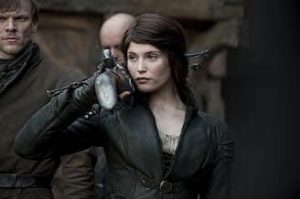
Themes and Tone
The film blends dark humor with horror elements, using an over-the-top aesthetic that leans into its fantasy roots. The tone oscillates between campy action sequences and moments of genuine tension, which can make for an uneven viewing experience. It plays with themes of childhood trauma, revenge, and the quest for redemption, as both Hansel and Gretel wrestle with the scars of their past while fighting against malevolent forces.
Characters and Performances
Jeremy Renner’s portrayal of Hansel is rugged and charismatic, embodying the archetype of a reluctant hero. His character is tough yet vulnerable, navigating the burden of their shared traumatic history while striving to protect the innocent. Gemma Arterton’s Gretel is equally compelling; she exudes strength and resourcefulness, showcasing her as more than just a sidekick. Their sibling dynamic adds depth to the narrative, highlighting themes of loyalty and familial bonds.
Famke Janssen’s Muriel serves as the film’s primary antagonist, delivering a performance that balances menace with a certain seductiveness. The supporting cast, including Peter Stormare as a shady townsman and Derek Mears as a formidable troll, contribute to the film’s whimsical yet sinister atmosphere.
Visuals and Action
Visually, the film is striking, characterized by its rich color palette and detailed production design. The cinematography captures the eerie beauty of the fairy tale landscape while enhancing the film’s dark themes. The action sequences are stylized and often exaggerated, featuring inventive weaponry and creative combat styles that keep the audience engaged, although some may find them to lean into the realm of the absurd.
Reception and Impact
“Hansel and Gretel: Witch Hunters” received mixed reviews from critics, with some praising its bold take on the fairy tale and others criticizing its lack of coherence and depth. It garnered a following among fans of the fantasy-horror genre for its campy charm and entertaining performances. While it may not have achieved significant box office success, the film stands as a curious exploration of fairy tales through a modern lens, appealing to those who appreciate genre-bending narratives.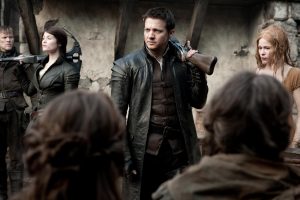
Conclusion
Ultimately, “Hansel and Gretel: Witch Hunters” is an ambitious and audacious reimagining of a classic story. It offers a unique blend of horror, action, and dark comedy that, while flawed, provides an entertaining experience. Its exploration of trauma, sibling dynamics, and the nature of evil adds layers to the narrative, making it more than just a simple action film. For viewers willing to embrace its campy elements and fantastical plot, it presents an engaging, if unconventional, take on the beloved fairy tale.
